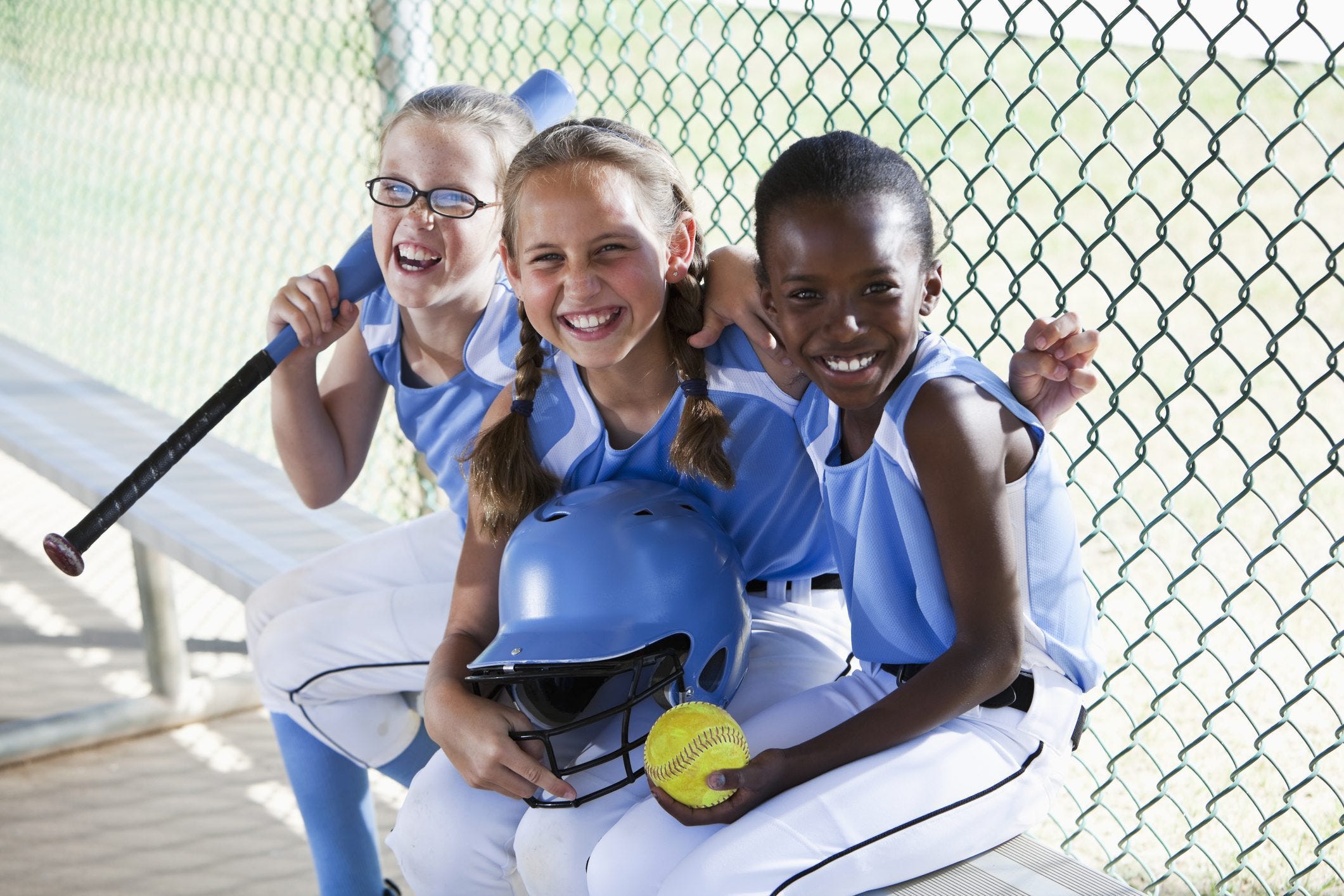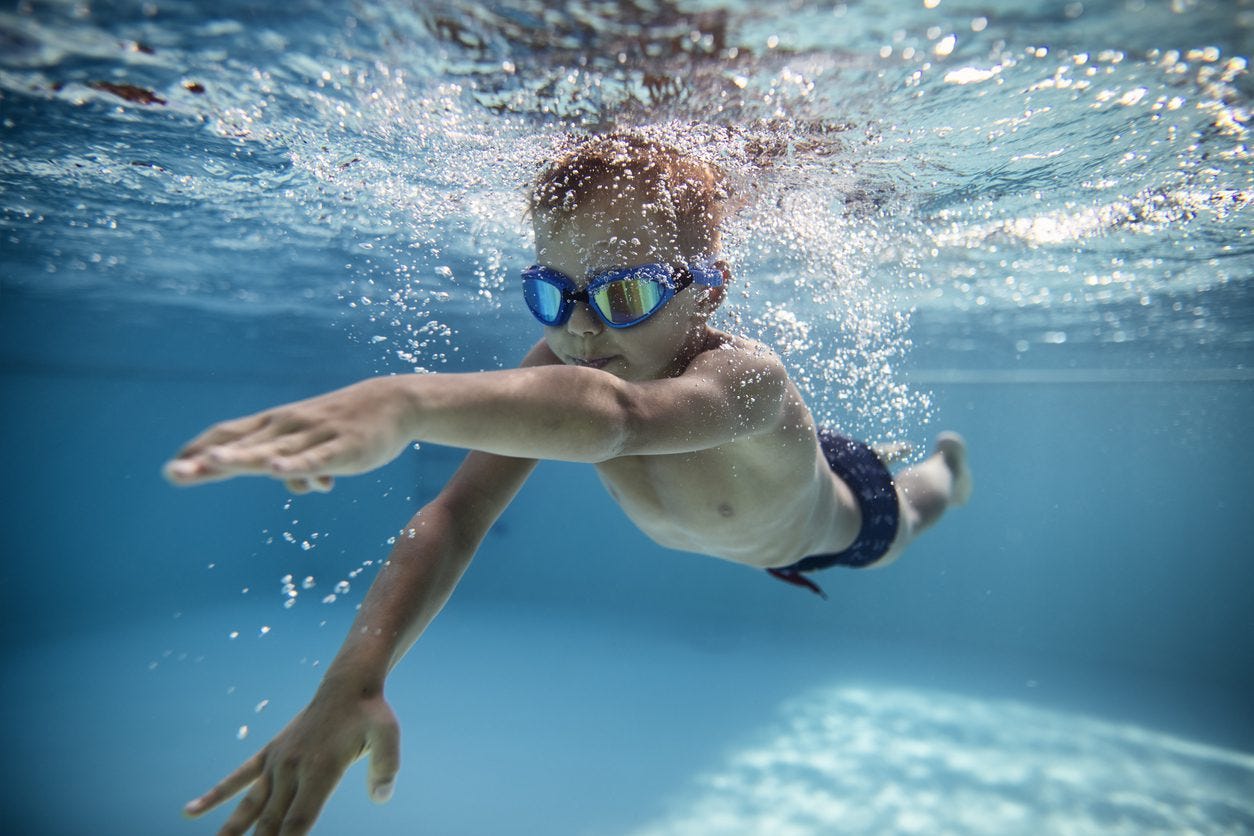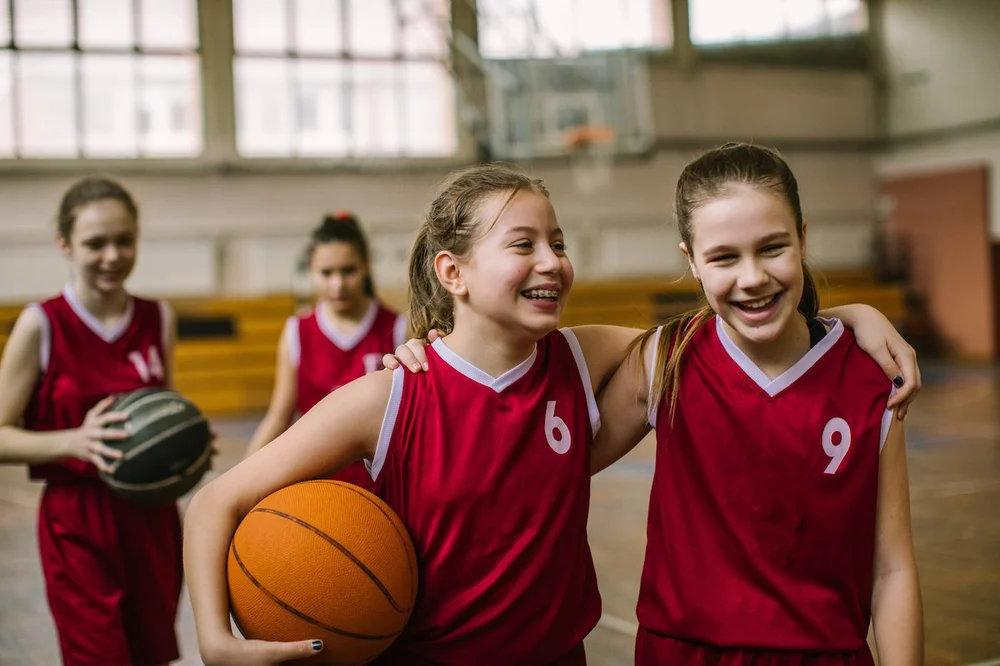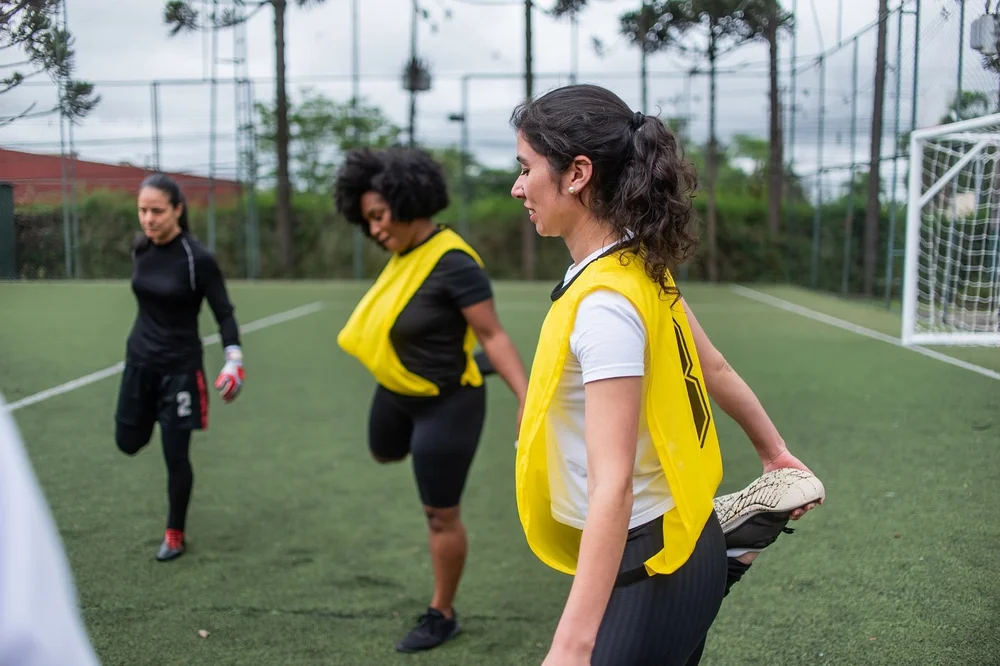What Are the Best Brain Healthy Sports for Kids?
The brain drives every thought, mood, emotion, reaction, and memory. Since the brain is so vital to every part of life, you need to protect your brain and the brains of those you love, especially your kids. It’s crucial that you make decisions in their best interest and help protect their brains during their rough-and-tumble years.
Avoid High-risk Sports
What if a child or teen really wants to play a sport that’s known to be dangerous? Sadly, too many parents allow their kids to engage in sports and activities that put their brains at risk, such as:
- tackle football
- rugby
- lacrosse
- gymnastics
- boxing
- cheerleading
- ice hockey
- soccer
It’s wise to keep your kids away from these punishing contact sports or physical activities with high incidences of head injuries.
Fortunately, there are many sports that are safer for the brain that your kids might find to be just as enjoyable. Learn what other interests your children have and help them shift to activities that are healthier for their brains. Here are a list of brain healthy sports for kids to try!
Some of the Best Brain Healthy Sports for Kids
Team Sports
Although every sport comes with an element of risk, these sports are reasonably safe to play (especially compared to those listed above). Exceptions and cautions are noted in each case.

In addition to teaching patience, focus, endurance, and teamwork, “America’s pastime” is a fairly brain healthy sport. However, there are a few notable exceptions. Sliding into a base can be brutal on feet, shins, and knees, but there’s also the possibility of being beaned in the head by the tagging player or falling backwards and hitting your head on the ground.
Additionally, batting can be a particularly hazardous part of the game. 80+ mph fastballs impacting various points of the face and head, even if protected by a helmet, can have potentially detrimental effects to the brain. It’s advised that players take every precaution when batting.
Basketball
Basketball requires excellent hand-eye coordination, athleticism, and teamwork. Aside from the occasional foul, players can trip, get pushed, do a faceplant, or end up flat on their backs on the court. Though it isn’t a common occurrence, significant impacts to the head can happen in this sport. As with many of the following sports, learning how to properly fall can help prevent a serious head injury in basketball.
Volleyball
Volleyball is a popular indoor (court) and outdoor (sand) sport. Volleyball seems like a pretty brain-friendly sport until you consider all the diving, which often leads to someone smacking their noggin on the court or ground. Aside from the potential of hitting your head, there’s also the possibility of injuring some other part of your body…there’s a reason why volleyball players often wear knee and elbow pads.

A physically demanding sport, water polo requires players to swim, tread water, and hold a ball above water for an extended period. Though it’s possible for the volleyball-sized ball to bounce off your head, the risk of serious head injury in this sport is relatively low. However, be aware that plenty of kicking and scratching goes on underwater.
Individual Sports
Participants in individual sports tend to have little to no contact with other players. That means the odds of getting a significant hit to the head are drastically reduced compared to contact team sports. Again, cautions are noted for each sport.
Badminton
A racquet sport that’s set up much like tennis, badminton can be played in “singles” or “doubles” and requires excellent agility and hand-eye coordination. Though there’s certainly potential to hit your head when lunging, getting hit in the head with the shuttlecock is unlikely to cause serious damage to your brain.
Cross-country Running
Much like distance running in track, cross-country running is a moderately safe sport. However, falling is a major hazard of cross-country running. Falls can happen during the mad scramble at the beginning of the race, or by slipping on mud or other slick surfaces or twisting your ankle on a rock, twig, or uneven patch of ground.
Cycling
Here’s an example of a sport that can go from being safe to extremely dangerous in an instant, depending on the conditions (water, ice, gravel, etc.). The fact that cyclists wear helmets indicates the potential for head injury in this sport. Never allow your child to ride a bike without a helmet, even if they’re just zigzagging around the driveway.
Golf
An individual or team sport that people have been playing for centuries, golf is an excellent brain game due to its many variables (angles, topographical features, different sized clubs, how hard to hit the ball, wind velocity/direction, etc.). Though highly unlikely, getting pegged in the head by a ball from someone else’s errant swing may happen. Freak accidents notwithstanding, this is a reasonably safe sport.
Rowing
If you live in an area where this activity is offered, you may enjoy this healthy individual or team sport. Other than the typical dangers associated with being out on the water, rowing is a very brain healthy sport.
Swimming
Depending on the venue, this can be classified as an indoor or outdoor sport. Swimming is an excellent sport for your cardiovascular system and is relatively safe.
Tennis
Tennis is a superb cardio sport that requires a high degree of athleticism and superb hand-eye coordination. It’s possible to hit your head on the court when diving to hit the ball, but the odds of sustaining a serious head injury in this sport are low.

With its dizzying array of events, this sport can be both salubrious and hazardous to the brain. Many long- or middle-distance events, or sprints are relatively safe, provided that no one trips and falls. Hurdles significantly increase the chances of falling.
Many field sports are relatively safe (unless a divergent discus clocks you in the head), but some come with the risk of neck or head injury, like pole vault, high jump, long jump, or triple jump. Use wisdom when choosing your event and make sure it’s professionally monitored.
Indoor Sports/Activities
For convenience or safety, many people opt for indoor sports or home fitness activities. Indoor sports like bowling, squash, racquetball, and weightlifting are brain healthy sports, barring unfortunate mishaps.
At-home activities, such as aerobics, dancing, home gym workouts, or interactive video games (like, DDR and Wii Fit), can be brain healthy under parental supervision. Games like pool (or billiards) and table tennis are also good for the brain. Table tennis is considered an excellent brain game since it exercises hand-eye coordination and reflexes, and also increases brain activity in the cerebellum and prefrontal cortex.
Hopefully, this shortlist of brain-healthy sports for kids will be good alternatives to hazardous contact sports that will inspire your child to try something new. Getting your kids involved in a brain-healthy sport can potentially change the course of their life for the better.
At BrainMD, we’re dedicated to providing the highest purity nutrients to improve your physical health and overall well-being. For more information about our full list of brain healthy supplements, please visit us at BrainMD.
- This Is What You Need to Know About HBOT
Medically Reviewed by Dr. Nicole Avena - April 22, 2024 - Hormone Changes in Men: How to Know If You Have Low Testosterone! - April 15, 2024
- This Is What You Need to Know About EMDR Therapy! - April 11, 2024



